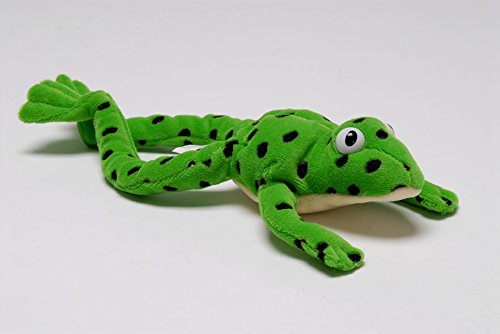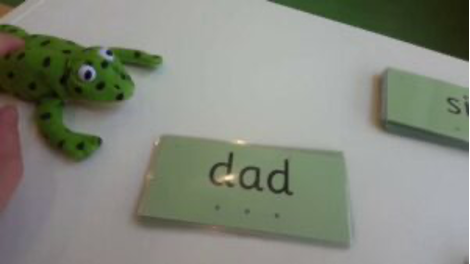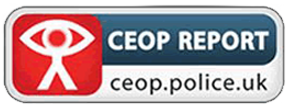Read Write Inc Phonics at Whitgreave
We are determined that every child at Whitgreave will learn to read with accuracy and fluency.
At the core of the programme is the consistent and systematic teaching the phonetic code. Children first learn to read the single letter sounds, using picture hooks to help remember them. We teach them to ‘get speedy’; reading these sounds as soon as they see them! As they learn to read the sounds, they also learn how to form letters correctly, using a special handwriting phrase. As well as learning to read sounds speedily, children are taught to orally blend sounds into words. They soon learn that if they blend the sounds ‘c…a…t…’ they can hear the word ‘cat’. Once children have learnt the single letter Set 1 sounds, they move on to learn to read ‘special friends’ (2 or 3 letters, one sound e.g. ‘sh’).
The children have the pleasure of reading storybooks perfectly matched to their phonetic knowledge; this ensures success every time. The children follow a structured programme of reading and writing activities in small groups. All staff at Whitgreave have been trained in the delivery of this programme.
Children are assessed and placed in progress groups meaning they get the right teaching at the right time. Tight tracking by our Reading Lead, Miss Thornbery, ensures that all pupils make progress. Any pupil not keeping up, is swiftly identified and extra practice they need to ‘keep up’ is put in place.
Children in our Nursery are taught to:
- differentiate between environmental sounds i.e. naming the sound they can hear without seeing the object that made it
- effectively explore body percussion i.e. clapping, stamping etc.
- find rhyming words i.e. cat, mat, sat, bat
- hear the initial sounds in words when they are spoken i.e. ‘t’ in ‘tin’ or ‘c’ in ‘can’
This ensures that they have all of the basic skills in place in order to help them to become effective readers.





